What can we learn from the 14,000 homes lost during the Camp Fire?
Shades of brown and grey cast over bricks, cement, remnants of metal roofs and steel beams from manufactured and modular homes, collapsed stucco walls, BBQs, shells of washers and driers, along with an occasional tea pot — that is what you can see in and amongst living, but singed Ponderosa pine and California black oak trees where the Camp Fire burned. How did California's most deadly fire happen and what might be done differently to ensure a better outcome? These are difficult questions that California will wrestle with for a long time to come.
Last week I was able to tour some of the burned area in Paradise and Magalia to evaluate why some homes survived and others did not. This gave me a chance to look at homes that survived largely on their material selection, design details, the owner's maintenance efforts, and not necessarily with the aid of a fire crew or resident that stayed. Many of the buildings that were burned were lost on the first day or two of the fire while emergency response was focused on evacuating the communities. It will take months to make sense of this mess and tragedy, but during my tour some conditions rang true to me.
Wildfire is not uniform
Not all fires are the same and not all houses experience the same type of fire. When you are looking at home losses and survivors, keep in mind that each home may not have had the same fire exposure. Some homes experienced significant ember exposure, while others ignited because their neighbor's home succumbed to fire and the heat of their neighbor's house caught their house on fire, while others were protected from the wind and its deadly embers. Paradise and Magalia have blocks and blocks of nothing but foundations, but amongst these bleak conditions are a few intact or partially damaged homes that have a story to tell.
California building code
Wood mulch and landscape plants
Our tour also confirmed that landscaping plants and wood mulch placed right next to the house creates vulnerability. While looking at the rubble of a home, it can be difficult to tell what happened; however, we saw several surviving houses with broken glass or otherwise damaged dual-pane windows that experienced heat exposures sufficient to crack glass in the windows, but the home still survived during these first two days when fire crews were rightly focused on community evacuation and not structure protection. For the houses that did not survive, we can interpret that in addition to the vulnerabilities in vents or a roof, heat can easily break glass in windows, especially if those windows are single pane, and can likely created a pathway for fire to enter the houses.
Home placement makes a difference
A home at the top of a canyon or gulch can easily be overwhelmed by wildfire by taking on additional heat as the fire approaches and being blasted with embers. This is not a new concept, but the homes in the broader Paradise region were especially vulnerable when they were located above these gulches and canyons. Enhanced vegetation management is highly recommended that includes a 5-foot non-combustible zone immediately adjacent to the home.
For me, thinking about Paradise in the abstraction was easy. Visiting it was different. The name says it all. After my visit I could understand why someone would choose Paradise or Magalia; the views are awesome, the air is clear, the forest and woodlands are amazing. I can only imagine that the community was (almost) perfect. Rebuilding a more resilient community will take considerable thought, effort, and some radical new ideas.
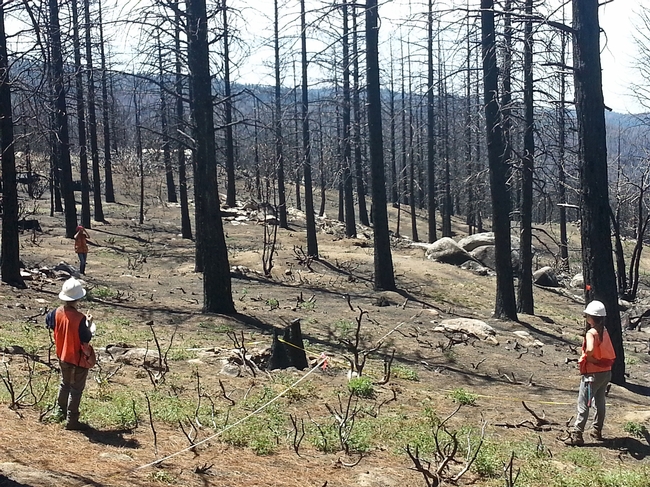
burned-area
Comments:
Of course you can change your vent screens. You still have to allow for air flow but 1/8 in or even 1/16in screens is what is being recomended to prevent embers from going in. 5ft around the home of non-combustable items like crushed rock instead of mulch really does help with the risk as well.


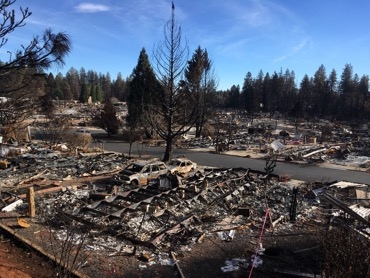
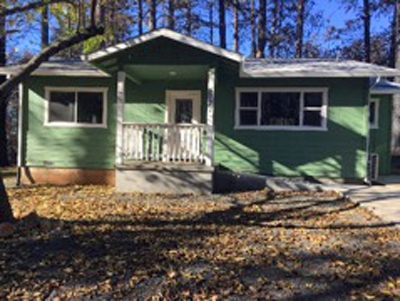
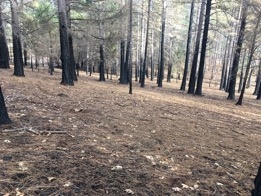
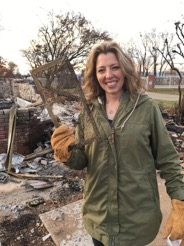
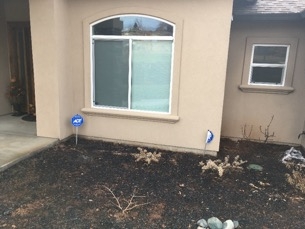
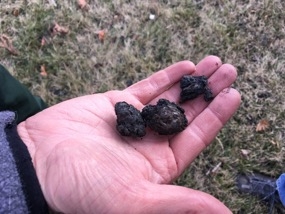
Posted by Marlene Broemer on January 3, 2019 at 1:26 PM